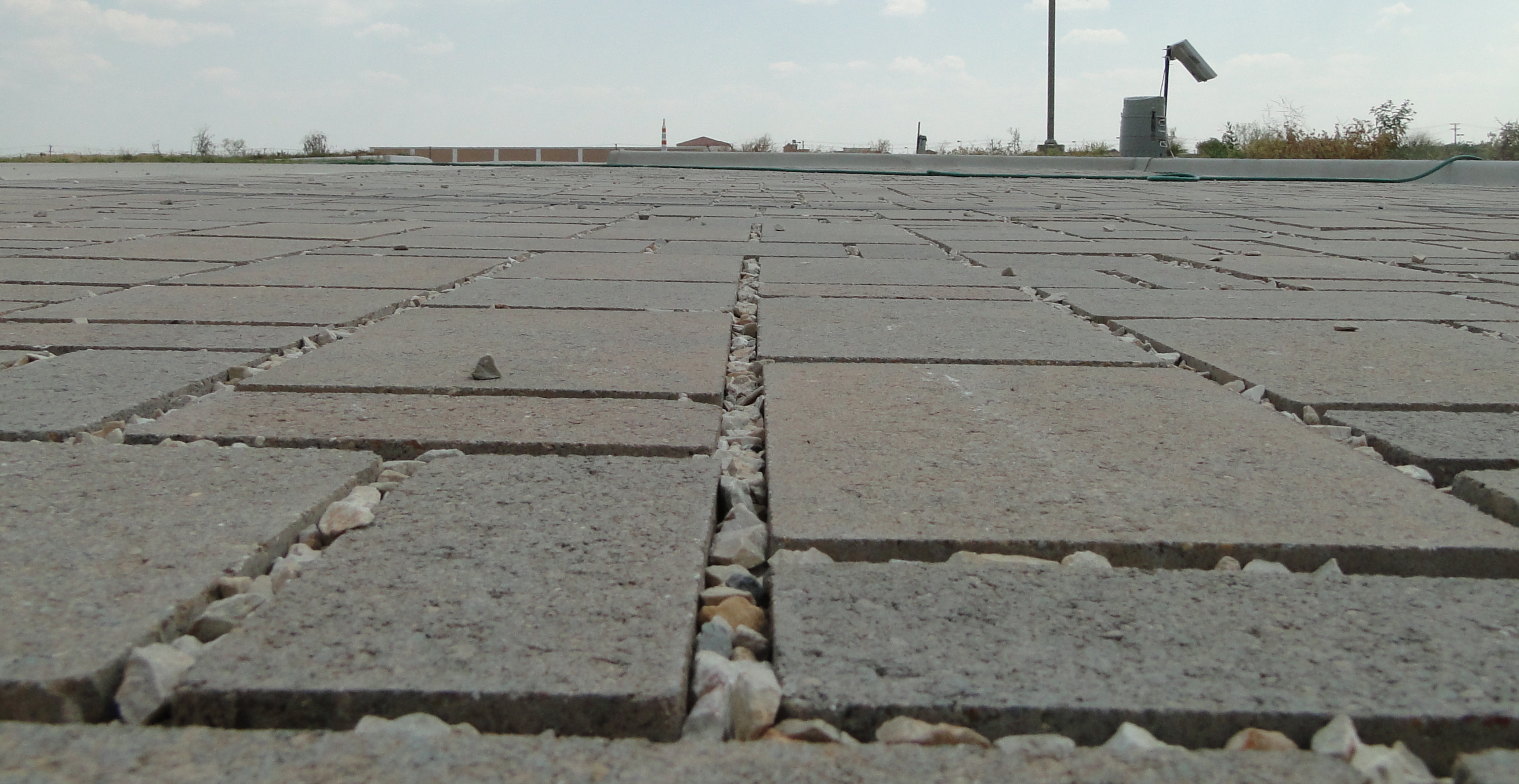 In early July, the White House Council on Environmental Quality (CEQ) hosted a meeting on Financing the Water Infrastructure of the Future. The meeting focused on innovative financing mechanisms, particularly tapping into the resources of the private sector through public–private partnerships (P3s).
In early July, the White House Council on Environmental Quality (CEQ) hosted a meeting on Financing the Water Infrastructure of the Future. The meeting focused on innovative financing mechanisms, particularly tapping into the resources of the private sector through public–private partnerships (P3s).
“Local government is limited in its ability to provide funding necessary to meet growing demands, and there is tremendous potential for financing through the private sector,” said Larry Coffman, deputy director of the Prince George’s County (Md.) Department of Environmental Resources.
Traditionally, water and wastewater infrastructure has been funded through municipal bonds, with help from U.S. Environmental Protection Agency (EPA) State Revolving Loan funds. While stormwater is typically funded either through its limited share of local general funds or stormwater utilities.
However, new financing mechanisms are necessary to upgrade the nation’s water infrastructure, which is in need of an EPA-estimated $635 billion investment during the next 20 years. This is certainly the case in the Northeast, where Chesapeake Bay states must significantly reduce nitrogen, phosphorus, and sediment over a short timeframe as part of the bay’s “pollution diet.”
Adapting the P3 model
To meet its obligations under the Chesapeake Bay total maximum daily load, Prince George’s County will retrofit about 3240 ha (8000 ac) of existing impervious surfaces at an estimated cost of $1.2 billion. To fund these projects, the county has established an innovative P3 pilot program, which Coffman presented at the CEQ meeting.
Planning for the Prince George’s County P3 program began in January, although it has been in the works for 2 years as part of the county’s regulatory plan. The pilot program will likely launch this fall.
The program will start with the retrofit of 809 ha (2000 ac.) of impervious surfaces in the public right of way. The company selected will provide financing capabilities. It will fund about 30% to 40% of the program costs upfront, enabling project construction to begin sooner and proceed more quickly.
“We are trying to multiply the county’s effort to accelerate the implementation of an urban retrofit by leveraging private dollars and expertise,” Coffman said.
A P3 is an arrangement between government and the private sector in which the private sector assumes a large share of the risk in terms of financing, constructing, and maintaining the infrastructure. Government repays the private sector over the long term if the infrastructure is built and maintained according to specifications.
A common example is toll-road construction—the government needs to build roadways, and the private sector can benefit from collecting tolls. Another example, less well known but similar to the county’s program, is the U.S. Army’s Residential Communities Initiative. A critical part of the Army’s goal to eliminate inadequate family housing is being fulfilled through long-term contracts with private partners. The private sector is repaid for upfront investments through rent that is equal to the resident’s Basic Allowance for Housing.
“We borrowed the typical model, but no one has used the P3 model for urban retrofits yet,” Coffman said. “We are pioneering this effort.”
Cost savings and creating jobs
While the county will benefit from private-sector financing, the county’s private partner will be paid from stormwater fees collected by the county based on impervious surfaces. The long-term, performance-based contract will provide a multitude of subcontractors with a guaranteed revenue source for many years. This will make it easier for the county’s private partner to borrow money to expand its business and create more jobs.
The county’s P3 program is an entire urban retrofit program, from financing and planning to design and construction to operation and maintenance. Coffman estimates that the county can reduce the cost of the $1.2 billion urban retrofit program by 40%. “We expect to see cost savings across the board, from design to maintenance through innovation by the private sector,” he said.
Efficiencies and economies of scale
Cost savings will occur through efficiencies and economies of scale. For example, a private company could bid materials in much greater quantities, enabling it to get better deals.
Because the company is in a long-term contract that includes maintenance, it is in its best interest to innovate on the side of making more-robust, efficient, and lower-cost practices that drive its operation and maintenance costs down.
Once the retrofits are constructed, the county may have 40,000 to 50,000 practices requiring maintenance. Significant efficiencies could be gained through standardization of practices, scheduling routes, and other maintenance procedures.
Standardization
One of the challenges associated with urban-retrofit stormwater practices is the limited guidance available on such practices. Most guidance is associated with new development, so the standards and specifications are geared toward new development.
“On the construction end, we want to simplify and standardize the practices, so we don’t have to redesign each practice,” Coffman said. “This will reduce the overall design costs.”
Innovation
At any time, the company will have the flexibility to innovate and conduct research and development on the fly. “If they find a better way to build a treatment practice, they can implement that,” Coffman said.
In doing urban retrofits, the county is challenged by limited space and utility conflicts, and each site is different with respect to what is applicable and practical. “In order to accommodate the unique challenges in the urban environment, we will have to do some innovation in terms of technology,” Coffman said.
For example, a typical material used in rain gardens is slow-rate infiltration media. Media that take longer to infiltrate stormwater also require more space for treatment. The county will use enhanced-flow media, which are orders of magnitude faster, and will boost pollutant removal by using certain chemical enhancements. The county is also looking at plant enhancements that will optimize the uptake and degradation of pollutants.
The county is also planning to engage additional partners — other companies and universities—to help its private partner look at higher-efficiency, lower-cost technologies
Job creation
“We see this program as a win–win–win for everyone,” Coffman said. “The public, private, and government sectors can all win if we can come up with creative ways to tap into the resources of the private sector.”
The public win is more than simply clean water. The county estimates that the retrofit program will create 5000 to 7000 new jobs, making it a huge economic stimulus program. “We hope to grow new businesses, create jobs, and direct wealth to communities through construction needs and long-term maintenance,” Coffman said. Both the county and its private partner will work to build capacity within the community to fill these jobs.
Wide applicability
Perhaps the best part about the P3 model is that it is widely applicable.
“We think this P3 business model is applicable across the board, around the country,” Coffman said. “It helps reduce costs and risks for local government.” Further, it is relevant for building public infrastructure beyond urban retrofits, from roads to sewers.
“There is a great interest from the private sector to partner with local governments on construction of all sorts,” Coffman said. “The biggest roadblock is that this is a new way of thinking about designing, building, and maintaining our infrastructure.”





